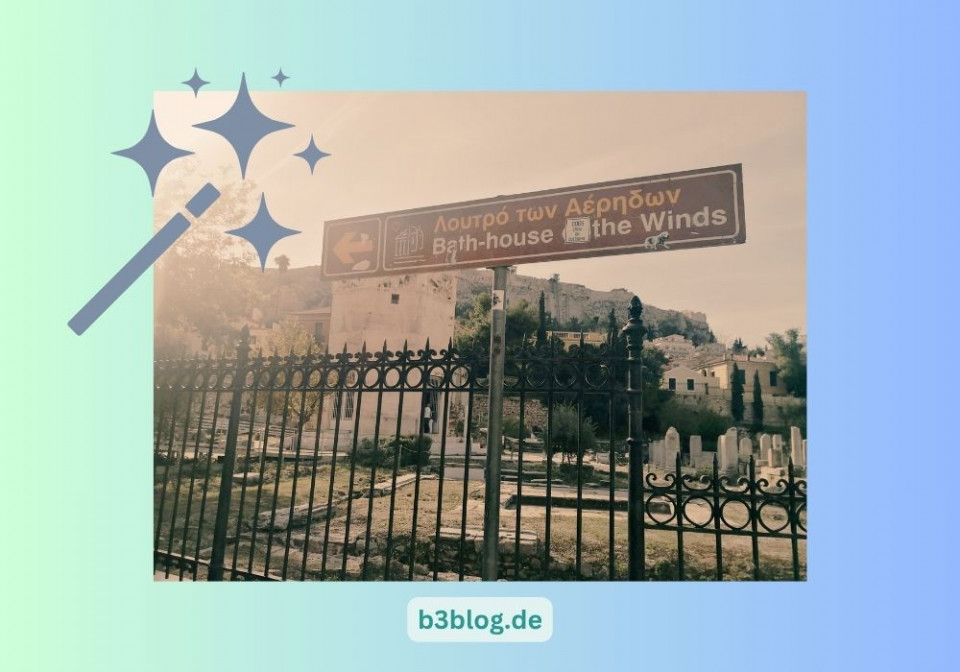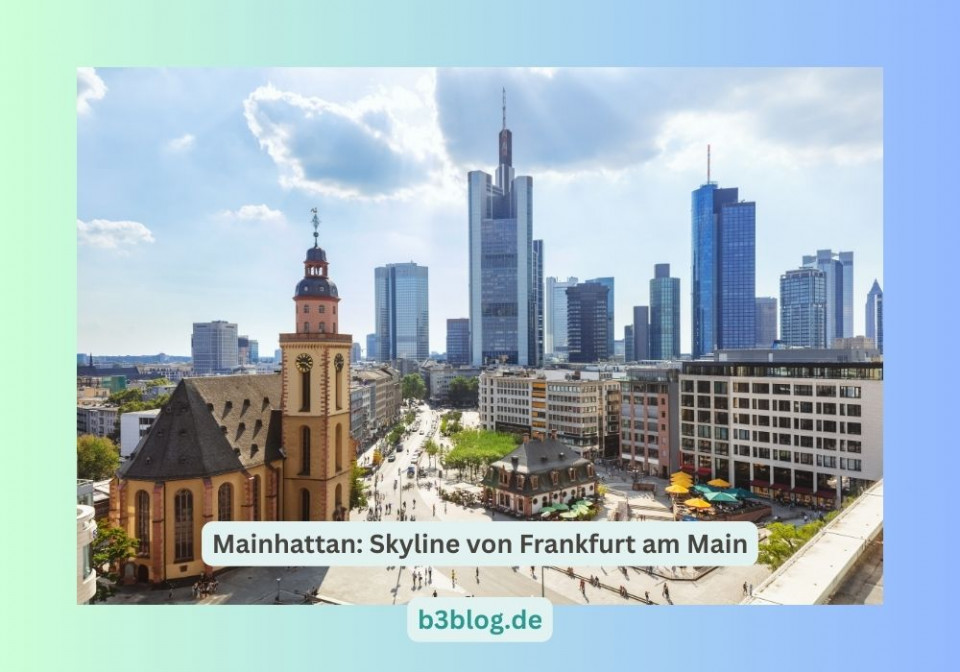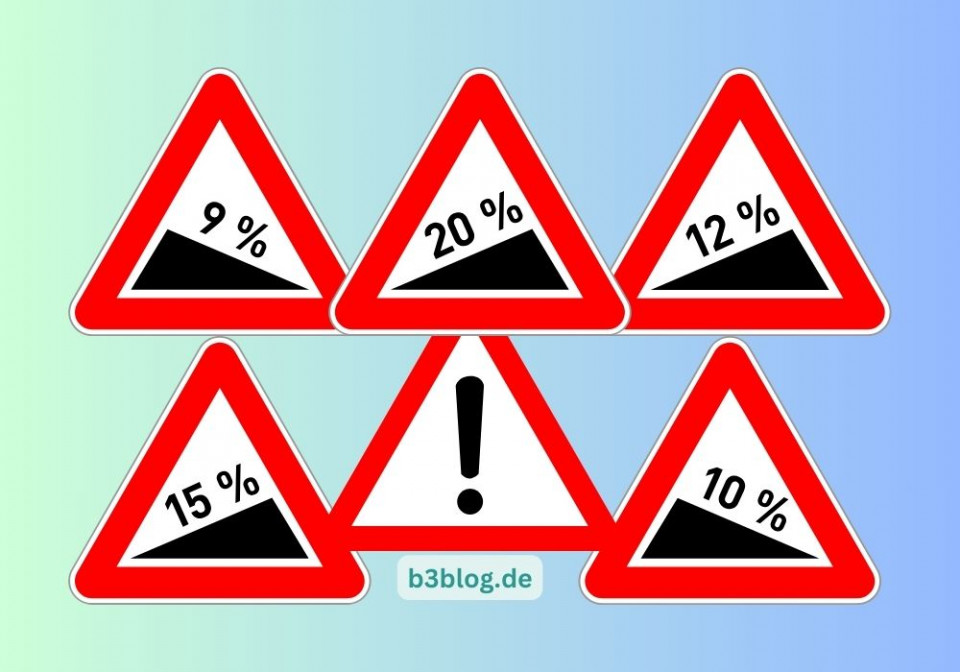Data management with ProHive using the example of solar energy in the Rhine-Main region
Fast computers for smart decisions
Without data, almost nothing works if you want to represent complex interrelationships. Collecting data is necessary and useful - if it is done with meaningful goals and under safe conditions. This is precisely the intention behind Project Hive: to collect data in a structured way and process it in such a way that it provides meaningful information for as large a group of people as possible. With this information, decisions become possible that benefit as many people as possible. Knowledge is the best basis for good decisions. It should be noted that the decision lies with the human being, while the machines (IT, AI, etc.) do the groundwork.
Example: Solar energy in the Rhine-Main region
To make the concept behind our data collection clearer, we have chosen a current example: solar energy. What concrete contribution can Project Hive make to advancing solar energy concepts in the Rhine-Main region? A first step is to make the existing approaches more descriptive and transparent. The city of Frankfurt, for example, is setting itself the goal of using more and more private roof areas to generate solar energy, as the FR reported in September 2022 (https://www.fr.de/frankfurt/frankfurt-will-solaranlagen-bis-2035-auf-daecher-bringen-91806176.html). This is a building block in the energy concept for the entire area around Frankfurt (https://www.region-frankfurt.de/Energiekonzept).
Sensible planning for energy concepts
So plans and concepts exist, but how will the project to use private roofs be implemented in concrete terms? Setting a general, vague goal without having a set of instruments to guide the concrete expansion would come to nothing. It is true that there is already the Hessian Solar Cadastre (https://www.energieland.hessen.de/solar-kataster), which provides insight into the potential of roof and open spaces for solar energy on a map. This is a first step, but it is not enough to solve the crucial sticking point: the coordination between implementing specialist companies and the clientele.
What Project Hive does
This gap is closed by the product Project Hive: It can show potential areas on roofs and open spaces as well as existing or new facilities to be built. Project Hive thus offers all stakeholders a transparent basis for communication.
The timeliness of the data sets is crucial. The climate energy atlas of the FrankfurtRhineMain Regional Association https://www.klimaenergie-frm.de/Klima-Energie/Daten/Klima-Energie-Atlas/, for example, is based on data from 2018 (i.e. half a decade old) and has a user interface that "normal" citizens - i.e. people who are not familiar with land use planning and geoinformation systems - can do little or nothing with. We expressly welcome existing approaches to illustration. With our product Project Hive, we would like to contribute to the optimization and offer a more comprehensive alternative to existing platforms.


